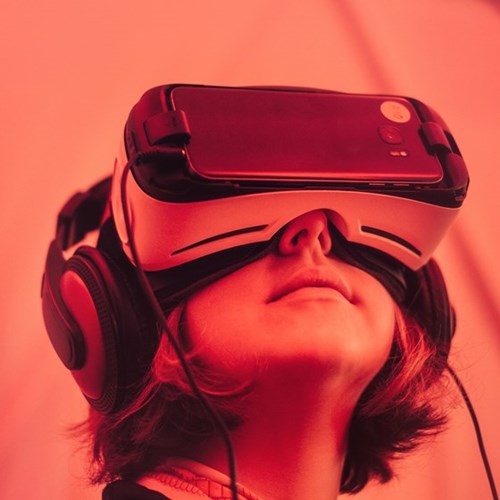Marketing Trends
VR. the adventure begins2016 was widely touted as the year when VR would break into the mainstream.
It didn’t happen, but that doesn’t mean that it isn’t going to happen, it’s just that despite the rate at which technology advances, and the wholehearted commitment of all of the major social media platforms, it will still be several years before most of us will be spending much of our time with our heads in a virtual world.
Until then VR is going to play a limited role for our clients in the travel and luxury sectors, but that doesn’t mean that it won’t have some important applications and some of our clients are experimenting in this area already.
Longer-term, the key to widespread adoption is affordability. And something that nobody seems to talk about much; convenience.
The first issue should ultimately be resolved as lower cost, but better featured, smartphone-based devices become available, opening up a massive market and enabling almost anyone to access an immersive VR experience.

The availability of portable ‘untethered’ devices partly answers the convenience issue too, but there are also implications for where and when consumers will be willing to consume VR content and when brands wanting to exploit this technology should choose to drive people towards it. If you are viewing content on a naked screen and you are prompted to switch to VR it is interruptive. But unlike the old school advertising model it is not just interrupting your viewing it requires you to get off the sofa and go and find that headset, then plug it in or clip your phone into it. You better have a pretty compelling proposition if you want people to do that. Maybe the answer lies in retargeting and asking for appointments to view?
There are also issues about how to distribute content (watch out for innovation from Youtube which is ideally positioned to dominate, Google StreetMap and others) and the cost and complexities of production, not least the demands of handling massive files, but all of these challenges aside VR can help to sell travel products now and it is being trialled in a number of travel agents giving holidaymakers an opportunity to look before they book and to sell add -on excursions. ‘Check out the helicopter tour or kayaking trip, once you’ve tasted it you’ll have to do it’’.
For now, these bricks and mortar applications, training, exhibitions and events (the latter used by our client, The Cayman Islands) offer the most practical opportunities to exploit the technology, but as the user base expands getting a taster of you chosen holiday or destination will become the norm. Considering the demographics (coming from gaming) and the kind of experience that VR delivers best, we expect Adventure Tourism to feature in many early applications and see this genre helping to drive the medium forward. This won’t just be for the benefit of travel planners who want a taste of what they are letting themselves in for on that rafting trip down the Zambezi, or that hike to Everest Base Camp, but it will provide the next best thing to being there for huge numbers of individuals who would like to participate but are restricted for any number of reasons stretching from infirmity to impoverishment. And if you think that someone who can’t afford your product brings no value to your brand you don’t understand the importance of fame.